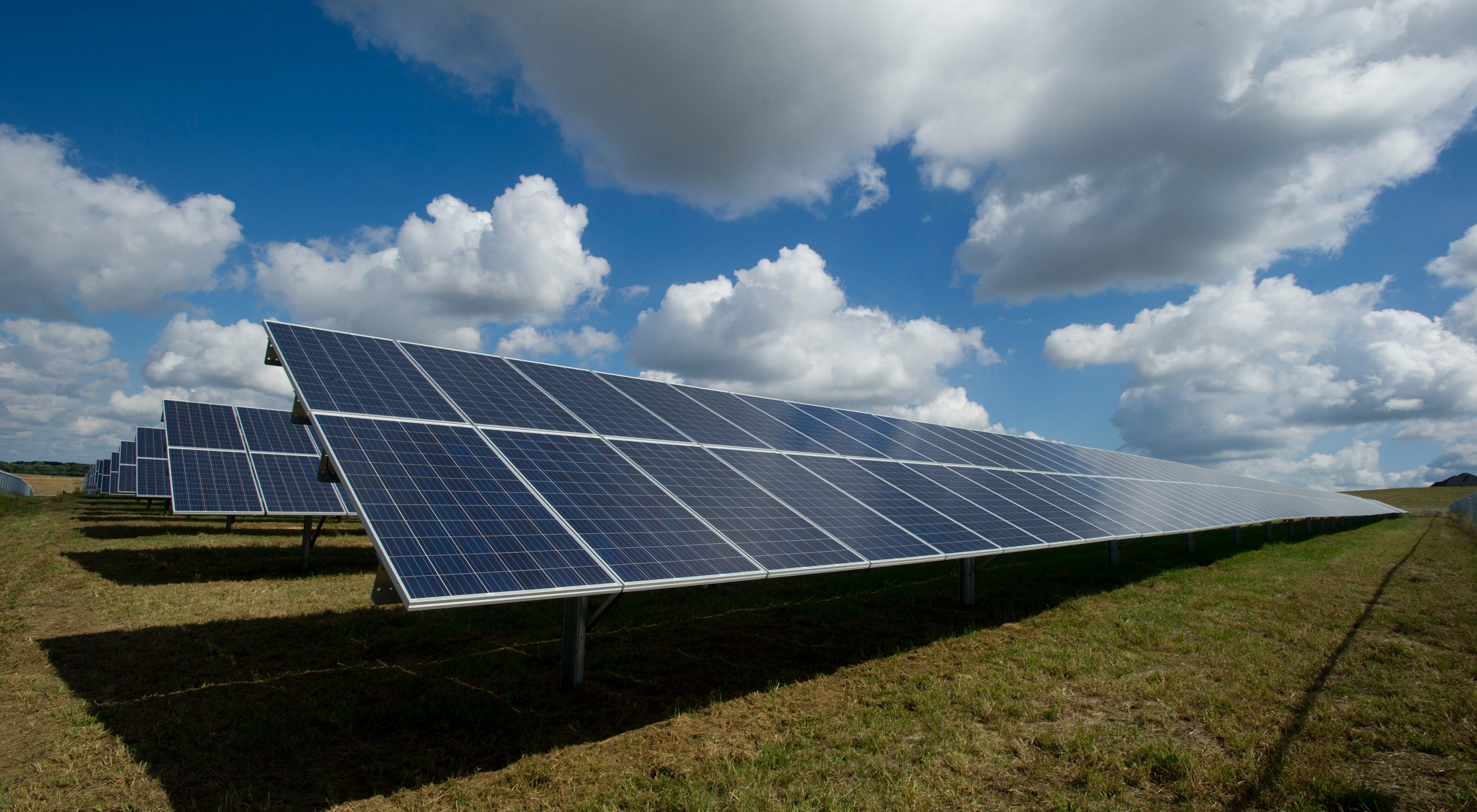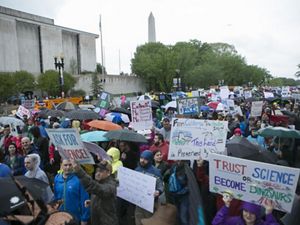Leading the Way on Clean Energy
By Jason Albritton, Director of U.S. Climate and Energy Policy, The Nature Conservancy
The speed at which the Earth’s temperature is rising is increasing. We’re fighting to prevent from crossing the 2 degree Celsius threshold, an increase in average global temperatures beyond which scientists tell us the effects of climate change will begin to irrevocably alter life on earth—more destructive weather events, increased intense heat and drought, and sea level rise. These increased pressures on where we live, how we work and how we feed ourselves sadly will impact the most economically and socially vulnerable populations first. Our window to take policy action that will reverse the trajectory we’re on will not last forever.
Make no mistake, the need for a comprehensive, federal framework for addressing climate change is urgent.

Unfortunately, we know that the path to establishing the federal policy that is needed to meet the climate challenge is likely on a longer time horizon than we would hope. We have a federal administration that has moved away from a number of existing climate policies and a Congress that has shown little appetite for comprehensive legislation.
And yet, greenhouse gas emissions from the electric power sector for the first six months of 2016 are the lowest they’ve been since 1991. They’ve been on a slightly bumpy but mostly downward slope since roughly 2008. There’s been an explosion of clean energy in the last decade. The solar energy workforce grew by 25 percent in 2016 alone, and wind employment grew by over 30 percent in the same year. The rapid growth of the energy efficiency sector is bringing the “decoupling” of economic growth and energy use. Over the past 10 years, the U.S. economy has grown by 10 percent, yet its energy consumption has fallen by 2.4 percent.
In the absence of action by the federal government, state governments and municipalities have been busy pursuing a clean energy agenda. States have been exploring policy opportunities that encourage the growth of clean energy and energy efficiency—renewable portfolio standards, green building codes, net metering and lots of other options. Iowa now generates almost 30 percent of its electric power from wind, which is a higher percentage than some EU countries, including Spain, Portugal and Ireland. Twenty-nine states have renewable portfolio standards, or RPS, which require utilities to ensure a certain percentage of their generation comes from renewable sources. These standards have been a factor in driving the billions of investment dollars in renewable energy that states compete for vigorously. When Ohio suspended its RPS in 2012, renewable investment in the state declined by 87 percent and cost 1,400 Ohioans their jobs, causing Governor John Kasich to announce that he would veto any further attempts by the Ohio legislature to eliminate an RPS.
Quote
We can address the impacts of climate change and enhance our economic competitiveness by accelerating this transition to clean energy.
At The Nature Conservancy, our conservation efforts seek to benefit both people and nature. That is why we are working to identify climate change solutions, and reducing health impacts is very much a part of the story. We have been working with each of our 50 state chapters to find the best ways in each state to advance clean energy and address climate change.
We’ve also partnered with the Center for the New Energy Economy in Colorado to create the State Policy Opportunity Tracker, or SPOT. SPOT collects data from 18 different organizations about 38 different clean energy policies and breaks it all down state by state, letting anyone who’s interested get a snapshot of where their state stands on clean energy and what policies might be improved. If seeing and reading all the great material the American Public Health Association (APHA) has been putting out during its “clean energy month” has inspired you to learn more about what you can do in your state, SPOT is a great place to start gathering more information.
Over the last decade, the cost of renewable energy has declined dramatically and inexpensive natural gas has replaced coal as the largest source of electricity. As a result, our economy has grown while emissions of greenhouse gases have declined. America is a leader in the clean energy revolution. We can address the impacts of climate change and enhance our economic competitiveness by accelerating this transition to clean energy. Industrial states like Ohio, for example, which historically depended on coal, are showing that you can boost economic output and create more jobs by investing in clean energy and energy efficiency. A federal price on carbon would help accelerate this transition. Internationally, the United States should continue to lead the world in implementing the Paris Agreement.
Despite the narrative coming out of Washington, D.C., the clean energy revolution in the United States is underway. And eventually Washington will catch up with the rest of the country. When so many of their constituencies are seeing the benefits of the clean energy revolution every day, it becomes harder for members of Congress to argue against clean energy policies on Capitol Hill. We remain deeply committed to promoting federal action on climate change by building broad bipartisan political support for action. To achieve this, we need to keep up the good work that’s happening on clean energy in the states, which is already impacting emissions totals and building momentum for federal action. The health of our planet, and everyone who lives on it, depends on our success.
Originally Posted on American Public Health Association
April 03, 2017
View Original
Global Insights
Check out our latest thinking and real-world solutions to some of the most complex challenges facing people and the planet today.



